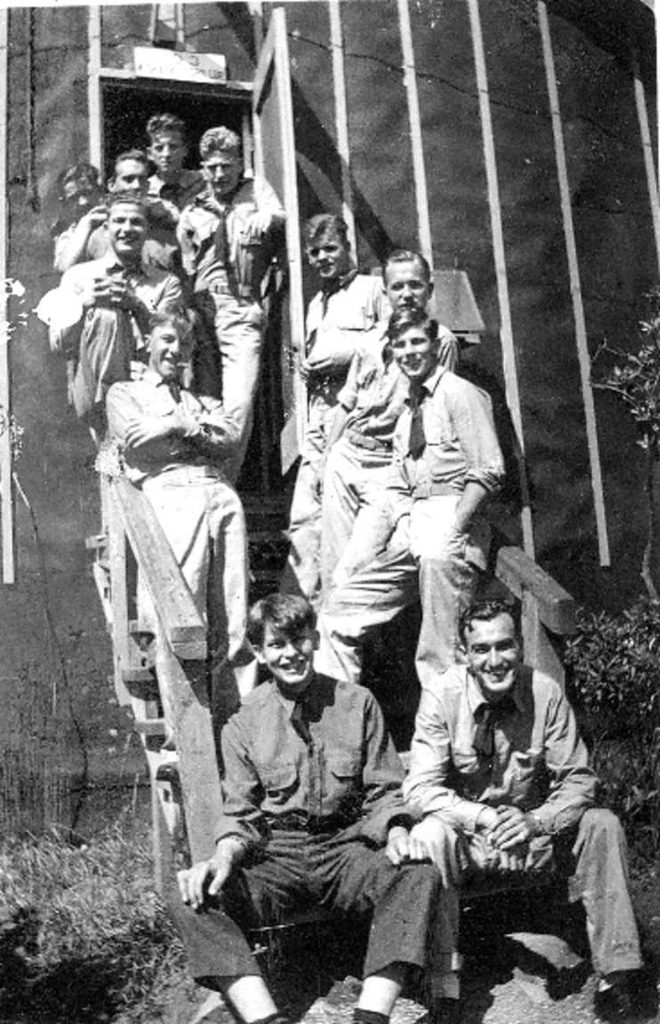
The legacy of the CCC is vast and varied. The program affected change on both the personal and national levels. For the young men who came in with minimal or poor education, they learned how to properly read and write. Others learned the technical and construction skills that would serve them well in their later careers. Many saw parts of the country they had never seen before.
The Nation Benefits
The nation as a whole benefitted tremendously from their efforts in reforestation and the conservation of natural resources. Billions of trees were planted throughout the United States, helping to combat the effects of erosion and drought. Hundreds of parks and recreation areas, both at the state and national level, were created, allowing Americans opportunities to connect with nature in ways that had not been possible before. Vacations were suddenly affordable to people who didn't have much money. Buildings and infrastructure were built with such craftsmanship that they are still in use today.
This is not to say that the Civilian Conservation Corps was a perfect program. At times it was disorganized, enrollees deserted (particularly in the later years), it was racially segregated, and women were only allowed to be minimally involved. Opportunities for an even greater good were missed. But the program more than accomplished what it set out to do; it benefitted the economy, helped to restore our environment and addressed the issue of youth unemployment, giving purpose and pride to the enrollees.
Moreover, the fact that many young men had experience with military discipline and living would prove valuable as the country had to make the transition to war.
The End of the CCC
By 1942 conditions in the United States and the world had changed. The Civilian Conservation Corps was shut down as the economy had improved and enrollment dropped; men were needed to fight in World War II. The last of the CCC boys left Shenandoah in June 1942.
Yet the conservation movement they helped to create lives on in our Parks and in the many youth conservation projects of today.
Is there something we missed for this itinerary?
Itineraries across USA


















































